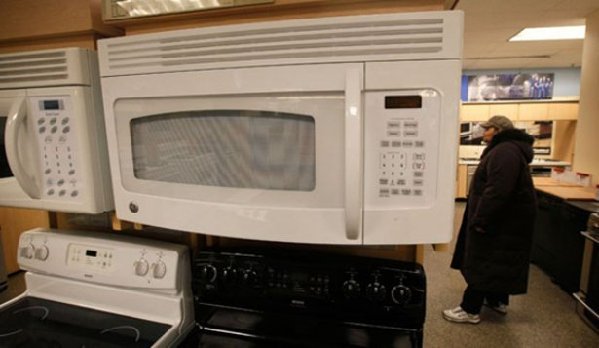Sometimes simple scientific advances in one field can have value far beyond their intended use. Many of these advances can change the world and possibly help solve our biggest problems. One example is 75-years-old this year and was made at the onset of the World War II.

Many people around the world use a microwave oven every day, not knowing that a crucial part of it was once a top military secret.
In 1940, the situation in Europe was desperate. German forces were preparing for the invasion of Britain while U-boats were decimating the convoys bringing supplies from the United States.
In September of that year, a high-level British scientific delegation traveled to the U.S. to ask for help in manufacturing several secret inventions, including a revolutionary vacuum tube that could create microwave emissions, essential for building more efficient radars.
According to Larry Schuette of the U.S. Office of Naval Research, the result was a revolutionary breakthrough.
"The advantage of microwave radar, which allowed the use of parabolic antennas that we see today, fundamentally changed radar from the lower frequencies and all the advantages that going to the higher frequency provided," Schuette said.
A new tube called cavity magnetron enabled radar operators to distinguish between individual aircraft as well as submerged submarines, helping to change the military situation.
But just as it changed the course of the war, the magnetron soon changed the course of cooking around the world, becoming the primary component of today's microwave oven.
A group of British, American and Canadian civil and military scientists recently gathered in Washington to commemorate the mission that brought military secrets to the U.S. They reconfirmed their commitment to cooperation in search for new technologies with potential application to everyday life.
Rear Admiral Mathias Winter, Chief of Naval Research, said that scientists are collaborating in many areas, often just to improve efficiency.
"We're also working in the photonics and high energy, energy density and directed energy research areas, not only for weapons but for energy storage, energy engagement for our ships, for our shore facilities, to bring ourselves to a more efficient footprint."
Hopefully, one of those inventions will change the course of global warming, the same way the cavity magnetron impacted the course of World War II.
Vocabulary
parabolic:抛物线的
antenna:[电讯] 天线
来源:VOA
编辑:丁一
关注和订阅


电话:8610-84883645
传真:8610-84883500
Email: languagetips@chinadaily.com.cn